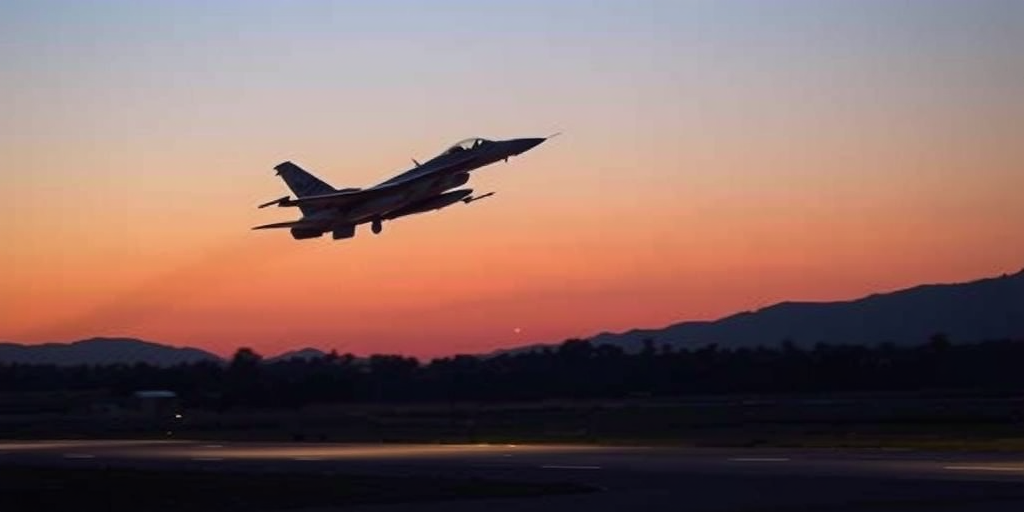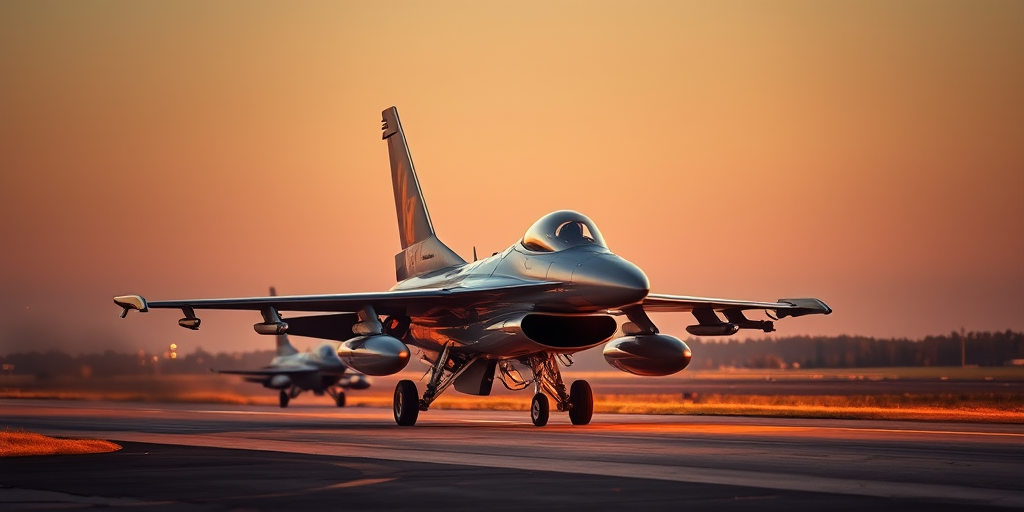Can age truly define obsolescence? The F-16 Falcon defies expectations, maintaining a legacy of groundbreaking innovation and combat excellence for over 40 years. Developed under challenging design constraints and battle-hardened in diverse operational theaters, this fighter continues to set benchmarks in maneuverability and technological advancement. In this article, we dissect its storied past, technical breakthroughs, and relentless modernization that keep it relevant in contemporary warfare. Join us as we unlock the secrets behind the F-16’s enduring performance and strategic impact in modern air combat.
The F-16 Falcon: Technical Specifications and Design Innovations Driving Flight Performance

In addressing the demands of modern air combat, the F-16 Falcon integrates advanced avionics, precise flight control systems, and engine performance improvements to deliver unmatched agility. With a maximum turn rate of 13° per second at Mach 0.4 and reaching 14.2° per second at 0.85 Mach and 7g, its capabilities extend into the realm of high-speed maneuvering. The aircraft’s aerodynamic design enhancements include a peto inlet optimized for speeds between 0.8 and 1.2 Mach and thin, elongated wings paired with prominent leading edge strakes to maximize lift and reduce drag.
The aircraft employs a pioneering fly-by-wire system with a force-sensing sidestick, ensuring instantaneous control and precision during combat maneuvers. These integrated systems set the benchmark for modern fighter performance by enabling seamless transitions across diverse flight modes. Key technical features include:
- Maximum turn rate performance
- Optimized peto inlet design
- Enhanced wing lift characteristics
- Revolutionary fly-by-wire control
- Advanced avionics integration
Design innovations are further summarized by integrated features that combine aerodynamic efficiency with reliability across diverse mission profiles. Innovations such as the peto inlet design and fatigue-resistant materials play a crucial role in mitigating stress during high-speed operations. Below is an HTML table outlining core design advances:
| Feature | Benefit |
|---|---|
| Advanced Avionics | Enhanced situational awareness and communication |
| Fly-by-Wire System | Superior handling and stability |
| Peto Air Inlet | Optimized airflow at critical speeds |
| Aerodynamic Wing Design | Improved lift and reduced drag |
Continuous innovation sustains the Falcon’s tactical edge.
The F-16 Falcon: Combat Roles, Performance Metrics, and Global Operational Footprint

The F-16 stands as a prime example of multi-role combat effectiveness, integrating high maneuverability with precision strike capabilities. It has established a reputation through operational combat achievements that are well documented across its various international deployments. With performance metrics such as rapid turn rates and efficient acceleration, the Falcon consistently demonstrates the agility needed in fast-paced dogfights and high-stress combat environments.
What are the major combat roles and operational achievements of the F-16?
Answer:
- Demonstrated agility in tight aerial engagements
- Precise air-to-air and air-to-ground strike capabilities
- Consistent success in international conflicts
- Effective integration of advanced weapon systems
- Reliable deployment in current combat zones such as Ukraine
These key achievements underscore the F-16’s versatility and tactical readiness. The rapid turning ability—clocking in at 13° per second at lower speeds and soaring to 14.2° per second at higher speeds—has elevated its status in dogfight scenarios. Its armament, including the 6-barrel M61 Vulcan rotary cannon, allows for sustained and precise fire during both offensive strikes and defensive maneuvers. Each metric not only validates the aircraft’s engineered performance parameters but also reinforces its long-standing combat record.
Global operational footprint further cements its position as an export success narrative. Nations entrusted with the F-16 consistently report excellent combat mission records. Its deployment in varied international theaters—from high-intensity conflicts to modern counterinsurgency operations—demonstrates an enduring legacy that continues to evolve.
- Demonstrated agility in dogfights
- Precision strike capabilities
- Success in international conflicts
- Effective weapon systems integration
- Reliable deployment in contemporary combat zones
Final Words
In the action, this article traced the F-16 Falcon from its groundbreaking origins and innovative design breakthroughs to its continuous upgrade programs and impressive global combat roles.
• Origins and design innovations
• Advanced technical features
• Persistent modernization initiatives
• Proven combat excellence
• Promising future enhancements
Our exploration reinforces that the F-16 Falcon: Still Flying Strong After 40+ Years remains a symbol of enduring engineering excellence and strategic evolution—an inspiring legacy poised for continued operational success.
FAQ
Q: What is the current operational status and lifespan of the F-16?
A: The F-16 remains in active production and service, with ongoing modernization programs extending its operational lifespan into the 2040s. Current variants incorporate advanced avionics, enhanced radar systems, and structural reinforcements.
Q: How does the F-16’s performance compare to modern fighters?
A: The F-16 maintains competitive performance with a maximum speed of Mach 2.0, superior maneuverability featuring 9G capability, and advanced combat systems. Its continuous upgrades keep it effective against contemporary fighters.
Q: What makes the F-16 a successful fighter aircraft?
A: The F-16’s success stems from its lightweight construction, exceptional maneuverability, advanced fly-by-wire controls, and versatile weapons integration. Its cost-effectiveness and reliability have led to widespread global adoption.
Q: What are the key technical specifications of the F-16?
A: The F-16 features a maximum turn rate of 13° per second at Mach 0.4, integrated avionics systems, and a powerful F110-GE-129 engine. Its design includes an optimized peto inlet and distinctive leading edge strakes.
Q: What future upgrades are planned for the F-16?
A: Future F-16 enhancements include advanced sensor integration, modernized cockpit displays, improved electronic warfare capabilities, and enhanced tactical operation systems to maintain combat effectiveness through the 2040s.
Q: How does the F-16 compare to the F-35?
A: While the F-35 offers superior stealth and advanced sensor fusion, the F-16 maintains advantages in cost-effectiveness, maneuverability, and proven combat performance. Both aircraft serve complementary roles in modern air forces.
